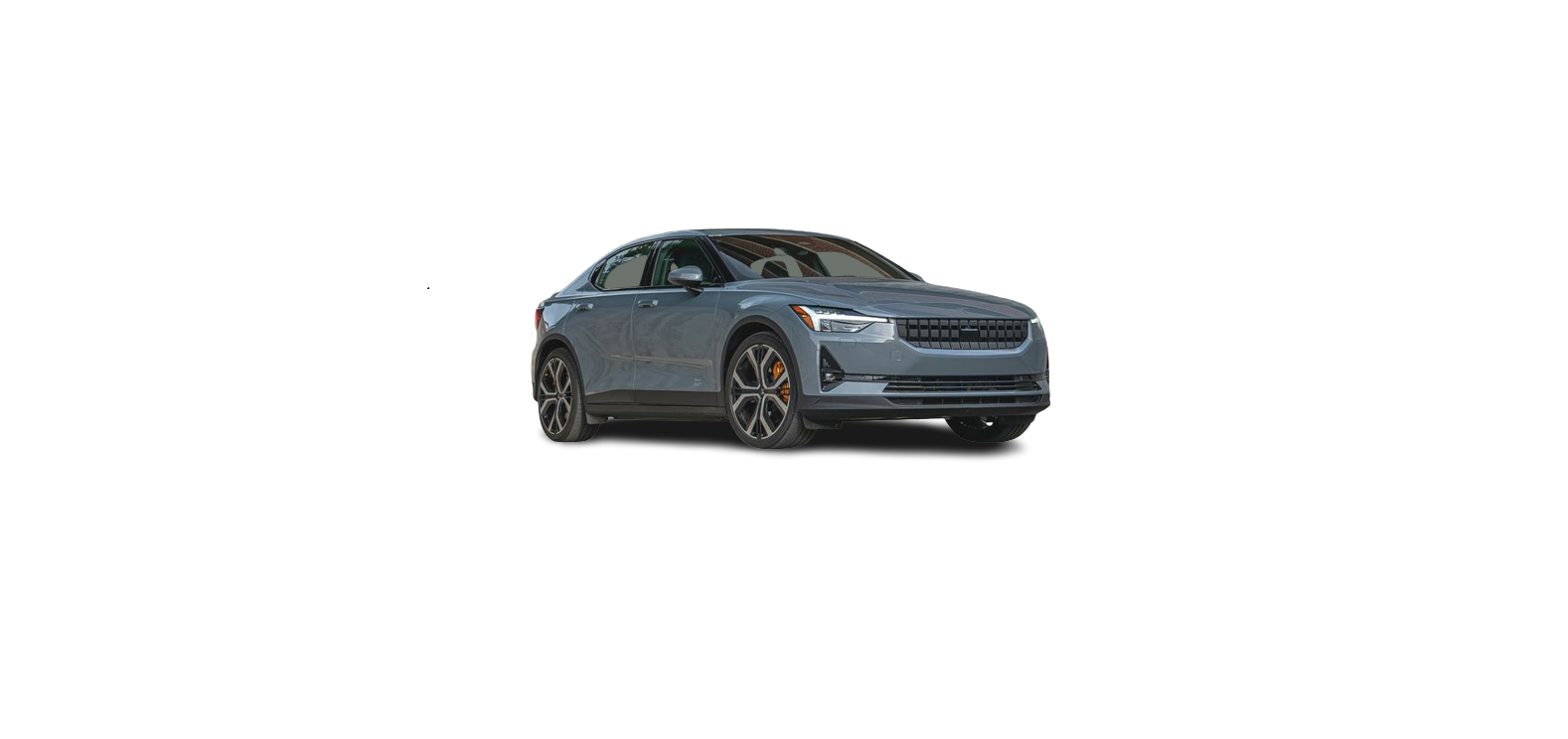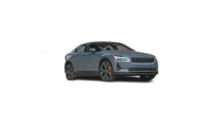Weight designations
Before loading your vehicle, familiarize yourself with the following terms for determining your vehicle’s weight ratings, with or without a trailer, from the vehicle’s Federal/Canadian Motor Vehicle Safety Standards (FMVSS/CMVSS) label, and the vehicle’s tire information placard:
Curb weight
The vehicle’s weight including all standard equipment. It does not include passengers, cargo, or optional equipment.
Capacity weight
All weight added to the curb weight, including cargo and optional equipment. When towing, towbar weight is also part of cargo weight.
Permissible axle weight
The maximum allowable weight that can be carried by a single axle (front or rear). These numbers are shown on the Federal/Canadian Motor Vehicle Safety Standards (FMVSS/CMVSS) label. The total load on each axle must never exceed its maximum permissible weight.
Gross vehicle weight (GVW)
The vehicle’s curb weight + cargo + passengers.
Steps for Determining Correct Load Limit
- Locate the statement “the combined weight of occupants and cargo should never exceed XXX kg or XXX lbs.” on your vehicle’s placard.
- Determine the combined weight of the driver and passengers that will be riding in your vehicle.
- Subtract the combined weight of the driver and passengers from XXX kg or XXX lbs.
- The resulting figure equals the available amount of cargo and luggage load capacity. For example, if the “XXX” amount equals 1400 lbs. and there will be five 150 lb. passengers in your vehicle, the amount of available cargo and luggage load capacity is 650 lbs. (1400 – 750 (5 × 150) = 650 lbs.)
- Determine the combined weight of luggage and cargo being loaded on the vehicle. That weight may not safely exceed the available cargo and luggage load capacity calculated in Step 4.
- If your vehicle will be towing a trailer, load from your trailer will be transferred to your vehicle. Consult the Manual to determine how this reduces the available cargo and luggage load capacity of your vehicle.
- Exceeding the permissible axle weight, gross vehicle weight, or any other weight rating limits can cause tire overheating resulting in permanent deformation or catastrophic failure.
- Do not use replacement tires with lower load carrying capacities than the tires that were original equipment on the vehicle because this will lower the vehicle’s GVW rating. Use only tires with the correct load carrying capacity. Contact Polestar Customer Support for more information.
Load anchoring eyelets
- Hard, sharp and/or heavy objects in or protruding from the vehicle can cause injury in the event of hard braking.
- Always secure large and heavy objects with a seat belt or cargo retaining straps.
Loading recommendations
Load-carrying capacity is determined by the vehicle’s curb weight. The total weight of all passengers and any installed accessories reduces the vehicle’s load-carrying capacity by the corresponding amount.
The vehicle’s driving characteristics change depending on the weight and position of the load.
Loading the cargo compartment
Keep the following in mind when loading:
- Position objects so they are pressing against the rear seat backrests.
- Heavy objects should be positioned as low as possible. Avoid placing heavy objects on folded-down seat backrests.
- Cover sharp corners with a soft cloth or similar to help prevent damage to the upholstery.
- Use the load anchoring eyelets and tensioning straps or similar to secure all objects.
In a head-on collision at a speed of 50 km/h (30 mph), an unsecured object weighing 20 kg (44 pounds) can reach a projectile weight equivalent to 1000 kg (2200 pounds).
If objects are loaded higher than the upper edge of the side windows, leave a 10 cm (4 in.) space between the objects and the window. Objects placed closer to this could impede the function of the inflatable curtain concealed inside the headlining.
- Always secure the load. Otherwise, it may shift during heavy braking and injure people in the vehicle.
- Cover sharp edges and sharp corners with something soft.
- Apply the parking brake when loading/unloading long items.
Extra cargo space
The ski hatch in the rear seat can be folded down to carry skis or other long, thin objects.
Roof loads and load carriers*
These load carriers are specially designed to help prevent damage to your vehicle and help ensure good safety while driving.
Carefully follow the installation instructions provided with the load carriers.
- Distribute the load evenly throughout the load carriers. Place heavier cargo at the bottom of the load.
- Check periodically to ensure that the load carriers and load are properly secured. Secure the load firmly using tie straps or similar.
- If the load is longer than the vehicle, such as a canoe or kayak, attach the towing eyelet in its front outlet and secure the tie straps in it.
- The vehicle’s wind resistance and fuel consumption increase with the size of the load.
- Drive smoothly. Avoid rapid acceleration, hard braking and fast cornering.
The vehicle’s center of gravity and driving characteristics change when carrying a roof load.
Follow vehicle specifications for weights and maximum loads.






